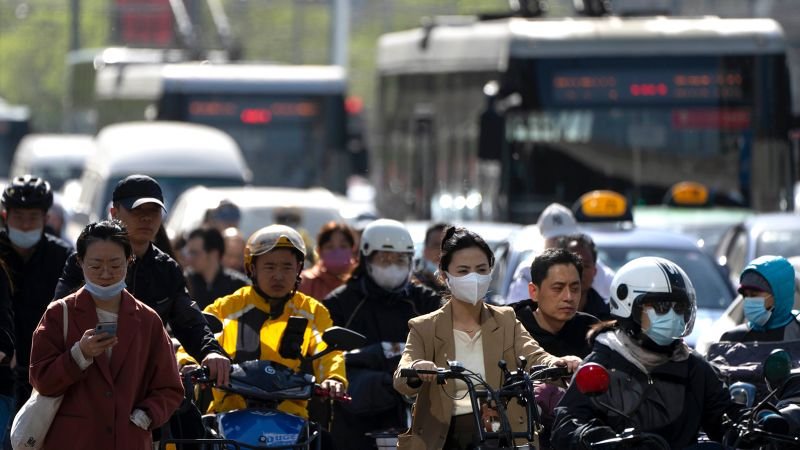China’s economy has seen a significant rebound in the first quarter of 2023 after three years of strict pandemic restrictions. According to the National Bureau of Statistics, the gross domestic product grew by 4.5%, surpassing economists’ expectations. This growth was mainly driven by a resurgence in consumer spending, as retail sales jumped 10.6% in March, marking the highest level of growth since June 2021. The catering service industry saw a surge in revenue, lifting overall retail sales by 5.8% in the first quarter.
“The combination of a steady uptick in consumer confidence as well as the still-incomplete release of pent-up demand suggest to us that the consumer-led recovery still has room to run,” said Louise Loo, China lead economist for Oxford Economics. Industrial production also showed a steady increase, with a 3.9% growth in March compared to 2.4% in the previous period.
However, despite the overall positive outlook, there are some concerns about the sustainability of this growth. Private investment remained stagnant, and youth unemployment reached the second-highest level on record, indicating a lack of confidence among private sector employers about long-term prospects. Some analysts believe that the strong growth reported in the first quarter may have been the result of “backloading” of economic activity from the previous year, which was affected by pandemic-related disruptions.
While the Chinese government has taken measures to restore confidence among private entrepreneurs, such as announcing surprising policy changes, the results have not been entirely positive. The property industry, a key sector of the economy, is facing a deep downturn, with investment in property declining by 5.8% and property sales decreasing by 1.8% in the first quarter.
Unemployment, especially among the youth, continues to be a major concern. The jobless rate for 16- to 24-year-olds reached 19.6% in March, the second-highest level on record. This high youth unemployment rate points to underlying weaknesses in the economy and suggests potential challenges ahead.
As the economic recovery gains traction, investment banks and international organizations have upgraded China’s growth forecasts for this year. The International Monetary Fund predicts that China’s GDP will grow by 5.2% in 2023 and 5.1% in 2024. However, some analysts caution that the reported growth figures may not accurately reflect the true state of the economy, as adjustments for delayed economic activity could significantly lower the growth rate.
Looking ahead, the Chinese government has set a cautious growth plan for this year, with a GDP target of around 5% and a job creation target of 12 million. The challenges posed by stagnant private investment, high youth unemployment, and a struggling property market highlight the complexity of China’s economic recovery and the need for sustained policy support to ensure long-term stability and growth.

